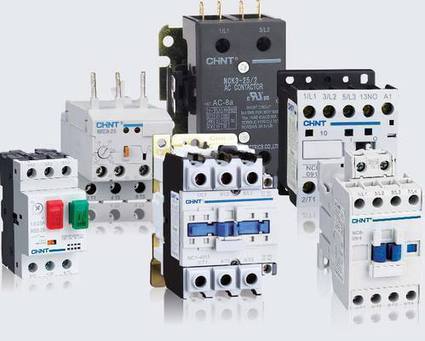In the electrical industry, there is plenty of confusion about the differences between contractors and protection relays. For the uninitiated, relays are utilized to control an electrical circuit’s contacts due to an alteration of conditions or parameters in that circuit or any related circuit. On the other hand, contractors are utilized to establish or interrupt links in an electrical circuit in a repeated manner under various conditions.
Table of Contents
Operation of Contactor and Relay
A relay is a kind of electromagnetic switch that operates based on the current alteration in a circuit. If a circuit has an overload, it will trigger the relay’s electromagnetic armature to open or close based on the configuration.
A contactor operates in a similar manner to relay. Its electromagnet is energized by the current passing through it. If the electrical circuit has an overload, the energized electromagnet produces a magnetic field. This makes the contactor’s core to shift the armature to an open stance, and this cuts the power flow to the circuit.
Comparison between Contactors and Relays
Let’s have a look at some common and basic differences between contactors and relays:
Load Capacity
To start, the load capacities of relays and contactors are different. Relays can utilize with electrical loads of around ten or fewer amperes. In comparison, the load capacity of contactors is more than 10 amperes.
Auxiliary Contacts
A contactor uses auxiliary contacts to perform functions that can connect to the contactor’s controlling. Also, a contactor’s auxiliary contacts can normally close or open as per needs.
Open/Closed Standards
Relays have built to function in both manners, i.e., in a normally close and normally open method as per the demands of the function. However, contactors built to run in a normally open mode. To summarize, when a contractor triggers, there is no link between the contactor and the circuit. However, a relay can or cannot connect with the circuit when triggered according to the relay’s configuration in the circuit.
Safety Functions
Contactors and relays have different safety features based on each device’s power. Spring-loaded contacts are utilized to make sure the circuit is opened or tripped in the event of any over-circuit occurrence to prevent or reduce damage to electrical gadgets. Relays can utilize in circuits with load capacity smaller than or equal to 10 amperes; therefore, relays commonly don’t have spring load contacts because of their minimal load capacity.
However, contactors carry greater loads as they have a load capacity of more than 10 amperes. Because of the higher loads, contactors use spring-load contacts that make sure the circuit gets disconnect; when becomes de-energy because of an overload happening. In circuits with higher loads, the contactors’ connections are welded together. This can cause a dangerous situation because if there is an overload, the circuit will not open. To remove this risk, spring-loaded contacts can utilize.
Applications of Contactors and Relays
Relays have designed to utilize in single-phase networks, and they thus have single-phase uses. Contractors have built for use in three-phase networks. Relays have commonly leveraged in managing power loads, industrial applications, motor control, and automotive applications.
There are different types of contractors, and they have numerous applications, including common ones such as lighting control, switching of capacitor banks, and motor starters.
Last Word
We advise you to consult licensed professionals to get recommendations for electrical systems. They can provide you guidance in choosing the right electrical solutions for your company’s requirements.


